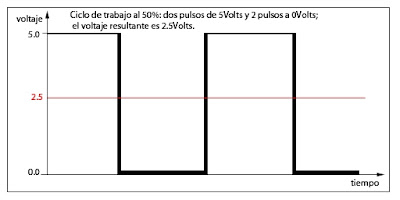FEATURES AND MATERIALS
ELECTROLYSIS
Electrolysis converts electrical energy into chemical energy. Electrolysis takes place in electrolytic cells. An electrolytic Cuba is a vessel containing an electrolyte in which are immersed two electrodes, anode and cathode. These electrodes are connected to a DC power source (battery) to the positive anode and cathode to the negative side.
When the battery is connected there are two half-reactions: oxidation at the anode and reduction at the cathode.
National Institute of Chile
bite
HIGHLIGHTS: acts at right angles, always down, which provides precise lines.
MAIN MATERIALS
- Used as an electrolyte, its concentration influences the results. The recommended concentrations are 160 g x liter of distilled water and 200g x liter of distilled water.
- The solution is not exhausted, making it very stable, but the distilled water evaporates and you have to maintain their level.
- During electrolysis does not generate waste or gases toxic.
- It receives the negative anode copper, should be the width of the bucket .
alligator clips plastic tip:
-For best electrolytic contact. Strip
Contact:
- Allows an electrical bridge between the copper plate and the positive pole.
- Must be copper, approximately 1.5 x 30 cm
Vertical Bucket:
- can be plastic, PVC, resin, etc.
- At the mouth of the bucket should be placed 2 copper bars (electrodes) at a distance of 6 to 10 cm, which should be out of the electrolyte solution. A one bar is connected to the negative terminal of the power supply and you hang a stainless steel mesh (anode) to the other bar is connected to the positive terminal of power supply and the plates are hung copper to be recorded (cathode).
Important positive and negative poles should not touch each other while the source is in operation. (May cause short)
- Digital display control voltage (0-9 volts) and current (10-15 amps)
- Precautions: Do not raise the voltage beyond 2 volts, as it begins to generate hydrogen and oxygen (elements or explosives). Alfonso Crujera recommend working between 0.5 and 1 volts and the amperage that determines the quality of the bite.
can use alternative power sources: Auto Batteries, Power Supplies modified computer processors, etc.
FAQ:
Do you spend a lot of energy?
- No, the equivalent of having a lighted bulb.
Can I stream?
- No, the voltage is very low deals.





















